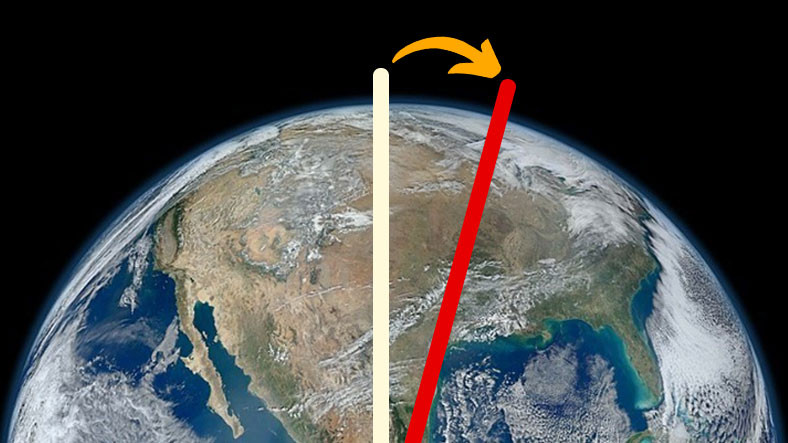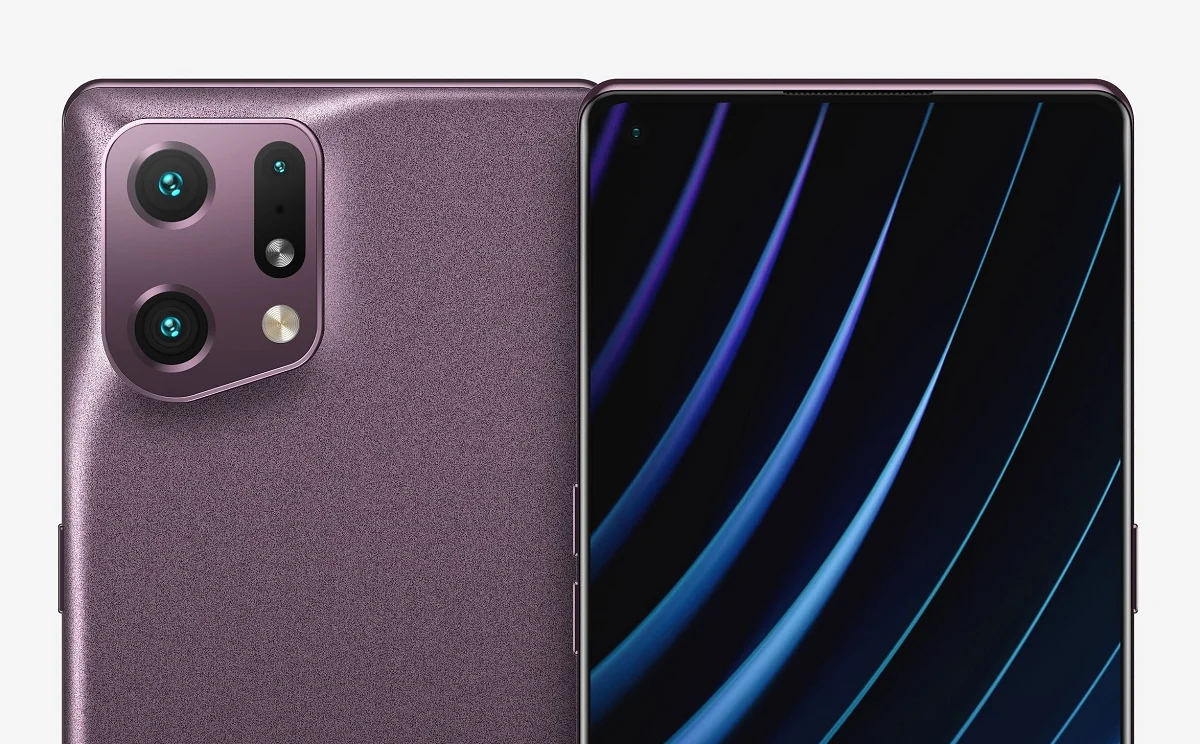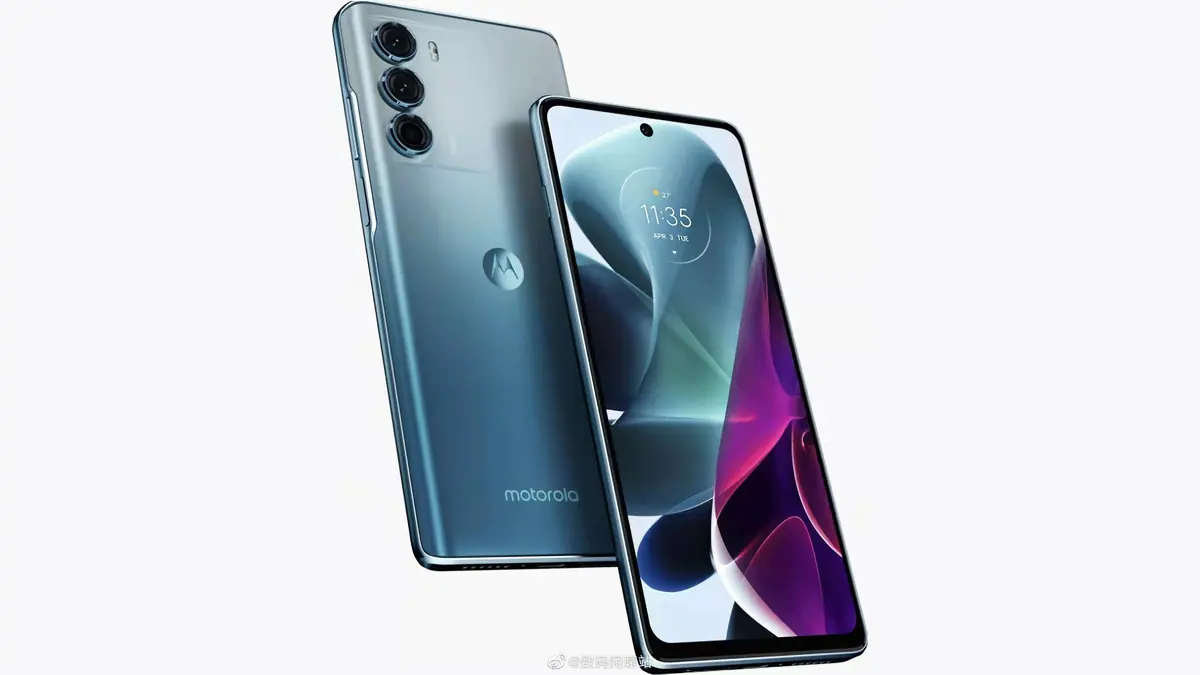Until recently, removing people or objects that “spoiled” your photos was relatively cumbersome, but this could be done with apps like Photoshop. Things got a lot more accessible when Google introduced the Pixel 6 and brought with them a very striking innovation: the Magic Eraser. This tool, which was later copied by others, made it possible to do this much easier thanks to artificial intelligence, and while the option is great in many situations, it is not effective in some.
I want to wipe my face. While the magic eraser seems really magical when we want to remove objects or people that we don’t want to show in a photo, it fails in other scenarios. The most obvious is trying to use it to try to maintain anonymity on certain photos. If we want to achieve the effect of blurring or pixelating a face, the magic eraser is not the solution.
not for this. As noted on Android Police, when trying to use this tool to avoid being recognized or tagged in a photo we share or upload to a social network, the magic eraser doesn’t do what one wants. Instead of blurring the face or pixelating it to your liking, it effectively tries to erase it as if it didn’t exist in the image.
Erase details yes, pixelated faces no. After a few tests – the undersigned worked on the Pixel 6a on his own with terrible results – the result is clear. The magic eraser is good for removing “whole” objects and people, but not so much for hiding or removing faces. At least if we want to get a good result.
Where is the pixelation tool Google? Oddly enough, neither Google nor Apple offer native tools to pixelate faces, and to achieve such a thing we have to resort to external tools like the aforementioned Photoosphop. If we want to ensure that a face does not appear in the photo on the mobile, the quickest thing to do is to access the paint tool that our mobile phones usually offer and scribble the faces in any color with strokes.
Such a tool would be nice.. Considering how far artificial intelligence has come in recognizing a face and making specific adjustments to only that part of our body, it doesn’t seem difficult for companies like Google to offer a “Pixel” function.
Why don’t they? It may be precisely because these methods are not final and there are ways to reverse these changes. This, for example, can expose text we are trying to hide – for example, in documents containing sensitive information. Google may not have an entirely effective method to prevent these pixelation effects from reversing, and they prefer to protect their own backs.
on Xataka | Google Pixel 7a, analysis: final blow to the top-end required only a few improvements













